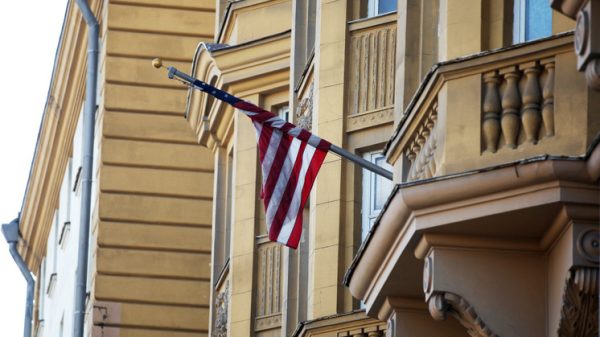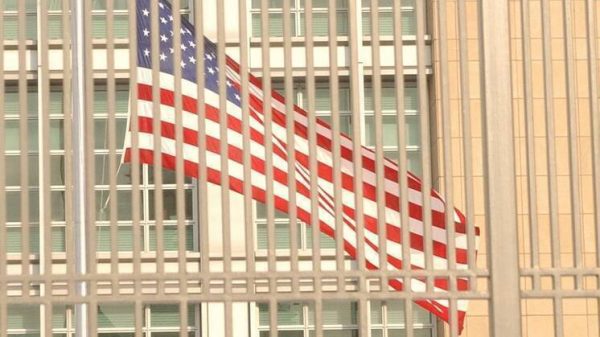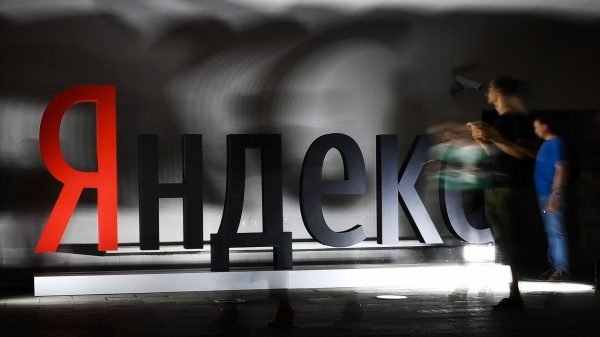 The contract to build the next generation of warships was signed with Babcock in November 2019. Credit: Andrew Milligan/PA Wire
The contract to build the next generation of warships was signed with Babcock in November 2019. Credit: Andrew Milligan/PA Wire
Taxpayer The Department of Defense has said it will have to pay £40m to cover the additional cost of building the next generation of frigates.
It also turned out that only 4% of the steel used to make five Type 31 ships would be produced in UK steel mills.
The thin sheet, 15,500 tons of which would be required to build Royal Navy ships, “is not produced in the UK according to to the required specification,” Secretary of Defense James Cartlidge told Shadow Secretary of Defense John Healey in response to a written question submitted to Parliament.
Since the contract to build the warships was signed with Babcock in November 2019, the MoD has agreed to pay an additional £40m to cover the impact of coronavirus shutdowns and supply chain issues, Mr Cartlidge said in a separate reply to a former MoD question. . Minister Marc Francois.
But a subsequent call for more cash to fight inflation was rejected, the minister confirmed, leaving Babcock with a potential £100m account.
Mr. Cartlidge said: “The Department of Defense has received a formal complaint from Babcock regarding the Type 31 contract, which has been rejected in its entirety.
“While this issue is being addressed through official contractual processes, it would be inappropriate to provide any additional details due to the commercial sensitivity of ongoing negotiations.
“The Type 31 program is on schedule. ”
Parts of the Type 31 are being built in Poland, The Telegraph reported last month, despite a promise from ministers that the project would lead to a renaissance in British shipbuilding. Polish shipyards build the hull blocks and final assembly is then carried out at Babcock's shipyard in Rosyth, north of Edinburgh.
Babcock's sources insisted that Poland was only responsible for a «very small» percentage of the work on cost. The company hopes to help Warsaw prepare for the independent construction of such ships.
The ships have great export potential, and an agreement has already been signed with Poland to supply versions of the frigate for its fleet.
The Type 31 project is seen as a major test of the UK's ability to deliver a major naval project on time, on budget and without future problems.
Rising material and labor costs mean Babcock is now facing financial losses in up to £100 million under a £1.25 billion programme.
The shipbuilder, which is Britain's second largest defense contractor, is lobbying the MoD. to help cover additional costs, claiming that they could not have foreseen the price spike that occurred in the wake of the pandemic and Russia's invasion of Ukraine.
Royal Navy Type 31 frigate
The first ship, HMS Venturer, is scheduled to be completed in December. The construction of the second ship, HMS Active, began in January.
Defense Secretary James Cartlidge said: «Babcock has been able to source some British-made bar and bulb steel from its suppliers, representing about 4% (about 677 tonnes) of total steel demand.»
The government has tried to buy steel. in the UK when possible, he said.
In the late 1960s, the UK had become the world's fifth largest steel producer, but dropped to 10th in the 1980s and dropped to Ranked 18th in 2015.
The British steel industry is struggling with high energy costs and cheap imports from China, the world's largest steel producer. metal.
Figures published last year showed that 47% of steel for defense projects came from abroad because the UK did not produce the required steel grades.
In 2021 The UK has purchased a total of £8.25m of steel for defense projects, including the new Dreadnought submarine, the Type 26 frigate and the Type 31 frigate. A total of £4.24m came from British factories.
The government has been contacted for comment.























































Свежие комментарии